スキークイーバーとは、異なる雪質やスキーのスタイルに合わせたスキーのコレクションのことです。複数のスキーを所有することは、氷結した斜面用の細いスキーや深いパウダー用の幅広スキーなど特定の地形には役立ちますが、レクリエーションスキーヤーにとっては必ずしも必要ではありません。以下に簡単な概要を示します:
- スキーヤーが複数のスキーを購入する理由:整備されたトレイル、パウダー、テレインパークなど多様なコンディションに対応するため。例として、オールマウンテンスキー(幅90~105mm)、カービングスキー(90mm未満)、パウダースキー(110mm以上)があります。
- 複数のスキーを所有する際の課題:高額な費用(一足あたり1,000ドル以上)、保管の問題、そして継続的なメンテナンス。
ほとんどのスキーヤーにとって、Snowfeet*のような多用途でコンパクト、軽量、そして手頃なギアは、スキー板のコレクションを丸ごと置き換えることができます。Snowfeet*製品は150ドルから690ドルの価格帯で、バックパックに収まり、メンテナンスも最小限で済み、整備されたトレイルやテレインパークでのパフォーマンスも優れています。コストを削減し手間を減らすことでスキーをシンプルにし、レクリエーションスキーヤーにとって素晴らしい選択肢となっています。
クイック比較
| 要素 | Snowfeet* | 伝統的なスキー |
|---|---|---|
| 多用途性 | ほとんどの条件に対応する1つの選択肢 | 複数のスキーが必要 |
| 携帯性 | バックパックに収まる | ルーフラックやバッグが必要 |
| コスト | 150〜690ドル | 1ペアあたり400〜1,000ドル以上 |
| 習得の難易度 | 初心者に優しい | より高度な技術が必要 |
| メンテナンス | 簡単なワックスがけ | 頻繁なメンテナンスが必要 |
| 収納 | コンパクトで収納が簡単 | 専用のスペースが必要 |
レクリエーションスキーヤーにとって、Snowfeet*は複数のスキーを必要とせず、よりシンプルで手頃な価格で斜面を楽しむ方法を提供します。
伝統的なスキークイーバーの仕組み:利点と問題点
なぜスキーヤーは複数のスキーを買うのか
スキーのクイーバーを作ることは、適切なコンディションに合ったギアを持つことがすべてです。ほとんどのスキーヤーは、90〜105mmのウエスト幅の多用途なオールマウンテンスキーから始めます。これらのスキーはスイスアーミーナイフのように、整地されたコース、モーグル、そして適度なパウダーにも対応します。このカテゴリーで人気のモデルには、Atomic Bent 100、Blizzard Rustler/Sheeva 10、そしてNordica Enforcer 94/99があります。
そこから、スキーヤーはお気に入りの地形に基づいてコレクションを拡大します。カービングが好きなら、より狭いスキー(足元90mm未満)を選び、整地された斜面でより鋭いターンと精度を実現します。例えば、Elan Wildcat/Wingman 86やHead Supershape E-Titanのようなモデルです。一方、パウダー愛好者は、深雪での夢のような浮遊感を求めて、足元110mm以上の幅広スキーに惹かれます。K2 Reckoner 110やAtomic Bent 110のようなオプションが人気です。
パークスキーヤーは独自のニーズがあり、トリックやフリースタイルの動きに適した90〜100mm程度のツインチップスキーを好みます。例としてはVolkl Revolt 96やLine Chronic 94があります。一方で、バックカントリースキーヤーは登りを楽にしつつ下りでも良いパフォーマンスを発揮する軽量スキーを優先します。
専門家の中には、クイーバー内のスキーはウエスト幅が少なくとも8〜10mm違うことを推奨しており、これにより明確なパフォーマンスの違いが得られます。このようなカスタマイズされたアプローチには利点がありますが、問題も伴います。
複数のスキーを所有することの問題点
スキーのクイーバーを持つのは理論上は素晴らしいですが、かなりのデメリットも伴います。
まず、コストがあります。しっかりしたスキーのペアは699ドルから1,099ドル以上かかることがあり、それはスキー本体だけの価格です。バインディングを加えるとさらに価格は上がります。例えば、Look Pivot 15のようなプレミアムバインディングは約429.95ドル、Salomon Shift² 13 MNのようなツーリングバインディングは649.95ドルに達します。これらの価格を複数のペアに掛けると、かなりの出費になります。
収納も問題です。フルレングスのスキーは場所をかなり取るため、アパートに住んでいる場合や専用の収納スペースがない場合は本当に困ります。複数のペアを運ぶのも簡単ではありません。ルーフラック、スキーバッグ、さらには追加の航空料金など、手間が増えることもあります。
それからメンテナンスがあります。スキーのペアごとに定期的なメンテナンスが必要で、ワックスがけ、エッジの調整、時にはベースの修理も必要です。これには時間、お金、そして正直なところ忍耐が必要です。さらに、頻繁にバインディングを取り付けたり外したりしてセッティングを切り替えると、スキーの再販価値が下がる可能性もあります。
多くのレクリエーションスキーヤーにとって、追加の費用や収納の悩み、物流の課題はメリットを上回ります。これらのデメリットは、よりシンプルで効率的なアプローチを検討する価値を高めています。
ワンスキークイーバー vs. マルチスキークイーバー
Snowfeet*:複数のスキーに代わるシンプルな選択肢
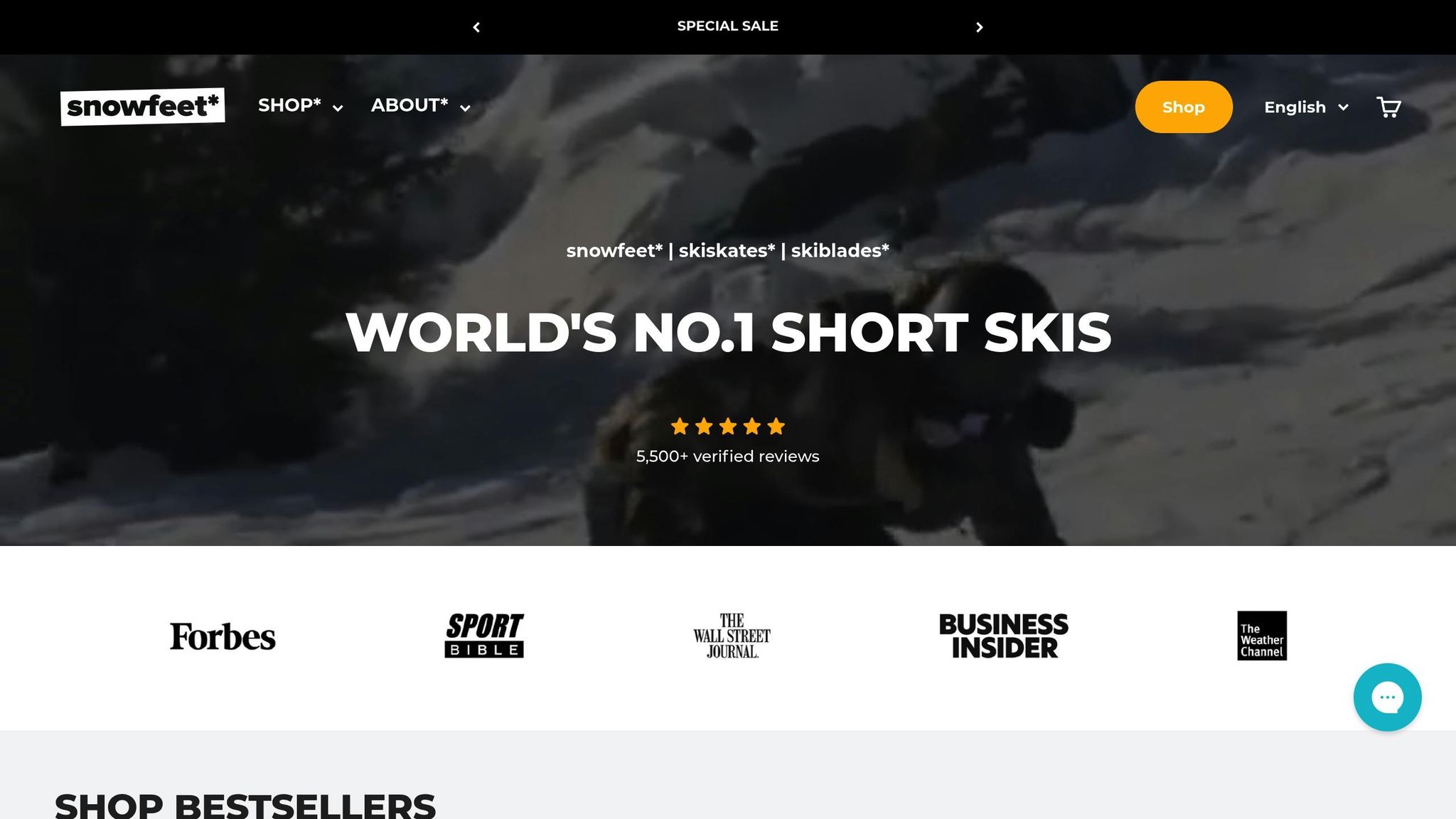
複数のスキーを所有する際の費用や収納の悩みに疲れていませんか?Snowfeet*は画期的な解決策を提供します。彼らのコンパクトで多用途なギアは、伝統的なスキークイーバーに代わるスマートな選択肢で、さまざまなコンディションに簡単に対応できるよう設計されています。
異なる地形ごとに別々のスキーを所有する代わりに、Snowfeet*は機能性を一つの軽量で携帯可能なオプションにまとめました。ショートスキーからスキースケートまで、彼らの製品は整備された斜面、スノーパーク、さらには自宅の庭でも理想的で、かさばらずにすべての楽しみを提供します。
多用途パフォーマンスのために設計
Snowfeet*製品はよく整備された表面で輝くように設計されており、一貫して楽しいパフォーマンスを発揮します。整備された斜面を滑るときも、スノーパークを楽しむときも、このコンパクトなスキーはしっかりついてきます。
- Mini Ski Skates(38cm)は、小さな斜面や整備された地形にぴったりで、遊び心あふれるライドを提供します。
- Skiskates(44cm)は木製コア構造で、伝統的なパークスキーに匹敵する反応性を持ち、より難しいコースにも最適です。
- より安定性を求める方には、Skiblades(65cmと99cm)が、フルサイズのスキーの重さなしでバランスの取れた体験を提供します。
スケートにインスパイアされたデザインのおかげで、Snowfeet*ギアは硬く整備された雪の上で生き生きとしたダイナミックな感覚を味わえます。そして最高なのは、異なるコンディションに合わせてスキーを履き替える必要がないことです。
コンパクトで持ち運びが簡単
Snowfeet*ギアの最大の利点の一つは、持ち運びや収納がとても簡単なことです。ルーフラックや大きなスキーバッグ、家での追加収納スペースの確保の手間はもう忘れましょう。Snowfeet*製品はバックパックに収まるほど小さいのです。例えば、ミニスキースケートはわずか38cmで、冬用ブーツ一足分のスペースしか取りません。
従来のスキーは通常170~180cmの長さがあり、専用の収納スペースが必要です。それに比べて、Snowfeet*なら旅行バッグに放り込んで、headで気ままな雪の冒険に出かけられます。大きな荷物や追加料金は不要です。
予算に優しくメンテナンスも簡単
Snowfeet*はスキーをより手頃にします。伝統的なフルセットアップ(ビンディング含む)は3,000〜5,000ドルかかることもありますが、Snowfeet*製品はMini Ski Skatesが150ドルから、最長のShort Skisでも690ドルです。複数のSnowfeet*モデルを選んでも合計は約990ドルで、AtomicやHeadの高級スキーとビンディングのセットアップ1つよりはるかに安価です。
メンテナンスもまた勝利のポイントです。伝統的なスキーは頻繁な調整や専門的なケアが必要ですが、Snowfeet*はシンプルです。基本的なワックスがけだけで最高の状態を保て、短い長さのおかげでDIYメンテナンスも簡単です。さらに、標準的なクローゼットに収納でき、高価なロッカーや温度管理された保管ユニットは不要です。
Snowfeet*は、スキーが高価でかさばるギアを必要としないことを証明しています。手間を減らし、より自由にゲレンデを楽しむことがすべてです。
sbb-itb-17ade95
Snowfeet* vs 伝統的なスキーブランド比較
Snowfeet*をRossignol、Atomic、Elan、Headのような大手ブランドと比較すると、その違いは明らかです。これらの伝統的なブランドは長いスキーでレガシーを築き、様々な条件に対応するために複数のペアが必要なことが多いです。Snowfeet*はその常識を覆し、マルチスキーセットアップの必要性に挑戦する単一の多用途オプションを提供します。比較の詳細を見てみましょう。
RossignolやAtomicのような伝統的なスキーブランドは、通常150cmから200cm以上の長さのスキーを高価に製造しています。一方、Snowfeet*は38cmのMini Ski Skatesから120cmのShort Skisまでのコンパクトなラインナップを提供しています。操作性と多用途性に重点を置いており、HeadやElanのようなブランドが重視する安定性とスピードとは対照的です。Atomicのスキーをマスターするには何時間もの練習が必要かもしれませんが、Snowfeet*は箱から出してすぐに自然で直感的に感じられるよう設計されています。
Snowfeet*のもう一つの大きな勝利?疲れにくいことです。RossignolやHeadのスキーで一日過ごすと、脚がその重さと長さを思い出させてくれます。Snowfeet*製品は軽量でコンパクトな設計なので、終日の疲労感なしに長く滑れます。以下の表で簡単に比較してみてください。
並べて比較:Snowfeet* vs 通常のスキー
| 要素 | Snowfeet* | 伝統的なスキーブランド |
|---|---|---|
| 多用途性 | 1ペアで整地されたコース、モーグル、テレインパークに対応 | 異なる地形には2〜4ペアが必要 |
| 携帯性 | バックパックに収納可能(38〜120cm) | ルーフラックまたはスキーバッグが必要(150〜200cm以上) |
| 総費用 | 1組あたり150~690ドル | 1組あたり400~1,000ドル以上(ビンディング別) |
| 習得の難易度 | 初心者に優しく、操作が簡単 | 技術が必要で、怖く感じることもある |
| 操作性 | 機敏で鋭いターンに最適 | 機敏さに欠け、より広いスペースが必要 |
| 疲労度 | 軽量で疲労を軽減 | 重く、疲労が早くなる |
| 収納スペース | 標準的なクローゼットに収まる | 専用の収納スペースが必要 |
| メンテナンス | 基本的なワックスがけ | 定期的なチューンナップと研ぎが必要 |
価格もSnowfeet*が輝くポイントです。エントリーレベルのRossignolスキーは300~600ドル、Salomonの初心者モデルは250~500ドルですが、ビンディング、ブーツ、継続的なメンテナンスも考慮する必要があります。Snowfeet*は、余計な手間なく、はるかに安価な完全セットアップを提供します。
パフォーマンスに関して言えば、伝統的なブランドにも強みがあります。Headのレーシングスキーは硬い雪面での高速走行に優れ、Rossignolのパウダースキーは深雪に最適です。しかし、ほとんどのレクリエーションスキーヤーにとって、Snowfeet*は比類なき多用途性を提供します。例えばSnowfeet*の99cm Skibladesは、整備されたコースを自信を持って滑りながら、地形パークでも遊び心を保ちます。伝統的なスキーで同じ範囲をカバーするには、おそらく2組のスキーが必要になるでしょう。
Snowfeet* は混雑した状況でも際立ちます。Atomic や Elan の長いスキーは狭い場所で扱いにくく、素早いターンが難しいことがありますが、Snowfeet* 製品は短い長さでこれらのシナリオに強いです。混雑したゲレンデの移動も楽になり、イライラする日が純粋な楽しみに変わります。
冒険好きな方や単にレクリエーションスキーを楽しむ方にとって、Snowfeet* はギア選びの悩みを解消します。Rossignol のオールマウンテンスキーを持っていくか、Head のカービングスキーを持っていくか迷う代わりに、Snowfeet* を手に取ってゲレンデに出かければ、その日のどんな状況にも対応できると安心できます。
本当に複数のスキーが必要ですか?
ほとんどのレクリエーションスキーヤーにとって、複数のスキーを所有する必要はありません。スキー業界はあらゆる雪の条件に合わせて別々のペアが必要だと感じさせますが、実際には Snowfeet* のような多用途の1つの選択肢がより良いことが多いです。複数のペアが必要かどうかは、あなたのスキーのスタイルや具体的なニーズによります。以下で詳しく説明します。
複数のスキーが必要な人は?
複数のスキーを持つことが理にかなっている状況もあります。例えば、競技スキーヤーやプロのレーサーは専門的なギアを必要とすることが多いです。スラロームレーサーは素早く正確なターンのために短く硬いスキーが必要な一方、ダウンヒルレーサーは高速での安定性を高めるために長いスキーを使います。
深いパウダーに挑むバックカントリースキーヤーは、新雪での浮力に特化したスキーを好むかもしれません。しかし、多くのバックカントリー愛好者は、様々な条件に対応できる多用途なオールマウンテンスキーを選ぶ傾向にあります。スキーインストラクターも、技術を示したり生徒のレベルに合わせたりするために複数のペアを所有することがありますが、彼らもよりシンプルなセットアップを選ぶことが増えています。
ただし、レクリエーションスキーヤーであれば、以下のよりシンプルな解決策が見つかるでしょう。
なぜ Snowfeet* が多くのスキーヤーにより適しているのか
週末にゲレンデを楽しむ方、休暇中の方、中級者の方など、一般的なスキーヤーにとって、Snowfeet* は実用的で多用途なソリューションを提供します。Rossignol や Atomic のような伝統的なブランドが特定の条件に合わせたスキーを設計するのに対し、Snowfeet* 製品は整備されたコース、テレインパーク、モーグルなど様々な地形で優れたパフォーマンスを発揮するよう作られています。
"Snowfeet を雪のためのスケートと考えてください - 軽量で持ち運びやすく、冬用ブーツに簡単に装着できます。"
Snowfeet* は利便性の面でも勝っています。バックパックに収まるほどコンパクトなので、大きなスキーバッグを持ち運んだり、追加の手荷物料金を払う手間を省けます。軽量設計は最初から自然な感覚で、楽しむことに集中できます。450~490ドルの価格帯で、Snowfeet* Skiblades は複数の高価なセットアップを置き換え、費用と収納スペースの両方を節約します。さらに、軽量なので疲労が少なく、1日の滑走回数を増やせます。
Snowfeet*はほとんどのレクリエーションスキーヤーが過ごす条件、つまり整備されたトレイルやテレインパークで輝きます。唯一の本当の欠点は深いパウダーで、もし1フィート以上の新雪でよく滑るなら、浮力のために長い伝統的なスキーの方が良いかもしれません。しかしほとんどのスキーヤーにとって、そのような条件は稀です。
Snowfeet*は単にギアを簡素化するだけでなく、スキーの全体的なアプローチを再考することです。「この条件にはどのスキーが必要か?」と問う代わりに、「山で最も楽しく過ごすにはどうすればいいか?」と問う価値があります。ほとんどのスキーヤーにとって、Snowfeet*でギアの複雑さを減らすことは、スキーをより楽しく、はるかに便利にします。
結論:Snowfeet*で冬のスポーツをもっと簡単に
正直に言いましょう - 伝統的なスキーのセットアップは過剰に感じることがあります。スキー業界はあらゆる雪の条件に異なるギアが必要だという考えを押し付けてきましたが、Snowfeet*はその考えを覆し、1つのコンパクトで多用途なオプションでクイバー全体を置き換えます。
考えてみてください:Rossignol、Atomic、Headなどのブランドの複数のスキーに何千ドルも費やし、さらに保管やメンテナンスの手間をかける代わりに、Snowfeet*はあなたのライフスタイルにぴったり合うスマートな代替品を提供します。価格は150ドルから490ドルの間で、整備された斜面、テレインパーク、さらには自宅の裏庭でも性能を発揮します。そして最高のポイントは?バックパックに入るほど小さいことです。
幸せなSnowfeet*ユーザーであるAndrew B.が完璧にまとめています:
"もう元のスキーには戻れません。" - Andrew B.
Snowfeet*は単にギアを減らすことだけでなく、冬のスポーツの楽しみ方を再考することです。5歳でも105歳でも、大きなリゾートの斜面を滑るときでも、地元の小さな丘で遊ぶときでも、この軽量で持ち運びしやすいスキーは、かさばる装備と格闘する代わりに楽しさに集中させてくれます。ほとんどのレクリエーションスキーヤーにとって、スキーをたくさん所有することではなく、滑る楽しさを味わうことが重要です。Snowfeet*はその決断を簡単にします。
よくある質問
スキークイバーとは何か、そしてスキーのニーズに対してスキークイバーかSnowfeetのどちらを検討すべきか?
A スキークイバーとは、本質的にさまざまな雪のコンディションやスキーのスタイルに合わせたスキーのコレクションのことです。あらゆる地形を探検するのが好きな経験豊富なスキーヤーにとっては素晴らしいセットアップです。でも正直言って、これは結構高くつきます。伝統的なスキーの1組だけでも800ドルから1,500ドルかかり、さらに保管や運搬のスペースを確保する手間もあります。
SkibladesやSkiskatesのようなSnowfeetギアの登場です。これは、よりシンプルで多用途なオプションを求める人にとってのゲームチェンジャーです。軽量でバックパックに入るほどコンパクト、さまざまな条件で良好に機能します。さらに価格は150ドルから690ドルと財布に優しい。カジュアルスキーヤー、旅行者、パフォーマンスを犠牲にせず手間を減らしたい人に最適です。
利便性、携帯性、手頃な価格が重要なら、Snowfeetは伝統的なスキーのクイーバーに完璧な追加、あるいは置き換えになるかもしれません。
伝統的なスキーがSnowfeet製品よりも優れている条件はありますか?
Snowfeet製品は適応性に優れ、さまざまな地形で良好に機能しますが、伝統的なスキーが優れるシナリオもあります。例えば、深いパウダーです。RossignolやAtomicのスキーは長くて表面積が大きく、優れた浮力とコントロールを提供します。これは急斜面やパウダーの多い斜面を滑る経験豊富なスキーヤーにとって最適な選択肢です。
氷結や硬く締まった雪では、伝統的なスキーが優位です。細くて長い形状がエッジのグリップと安定性を高め、高速の滑降やテクニカルなコースに最適です。それでも、Snowfeetのコンパクトで持ち運びやすいデザインは非常に便利です。多用途性と使いやすさを重視するレクリエーションスキーヤーには、Snowfeetは素晴らしい代替品です。
Snowfeet製品は伝統的なスキーと比べて耐久性や性能はどうでしょうか?
Snowfeet製品はガラス繊維強化プラスチックと金属製スキーエッジで作られており、頑丈で長持ちします。ここがポイントです:伝統的なスキーはペアで6〜12ポンドにもなることがありますが、Snowfeetは軽量でコンパクトです。つまり、持ち運びや収納、輸送がとても楽で、品質を犠牲にせず利便性を求めるスキーヤーに最適です。
これをRossignol、Atomic、Headなどの伝統的なスキーと比べてみてください。あれらは一般的にかさばり、正直初心者には扱いにくいです。Snowfeetの短い長さと巧妙なデザインはゲームチェンジャーです。さまざまな地形で良好に機能し、怪我のリスクを減らし、新しいスキーヤーやカジュアルなスキーヤーにとって素晴らしい選択肢です。Snowfeetなら、安全性、耐久性、利便性を一つにまとめたコンパクトで使いやすいオプションが手に入ります。





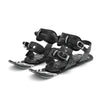
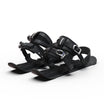
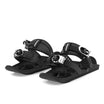

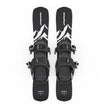
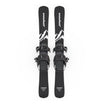

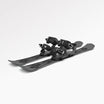
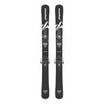

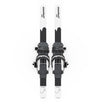





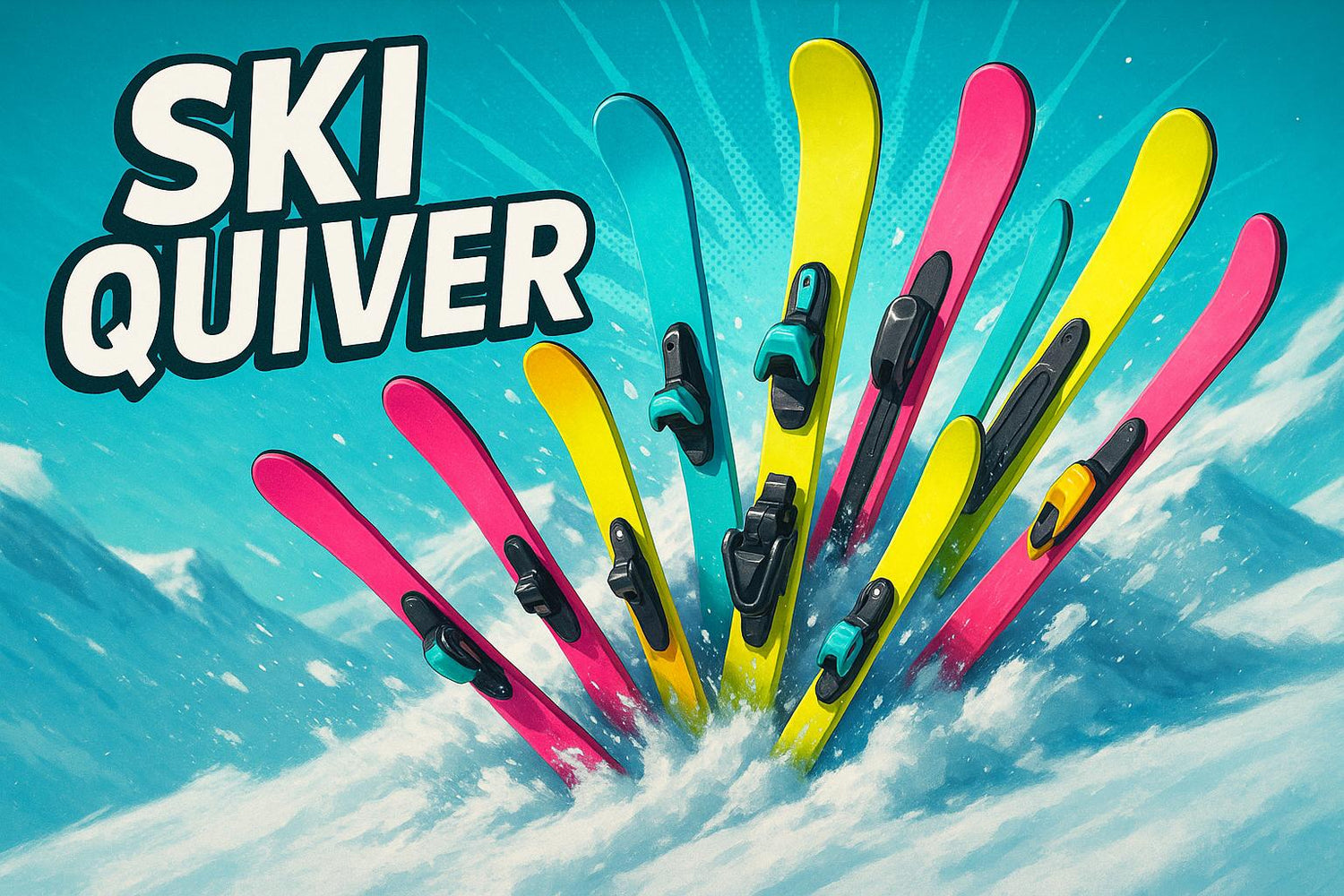
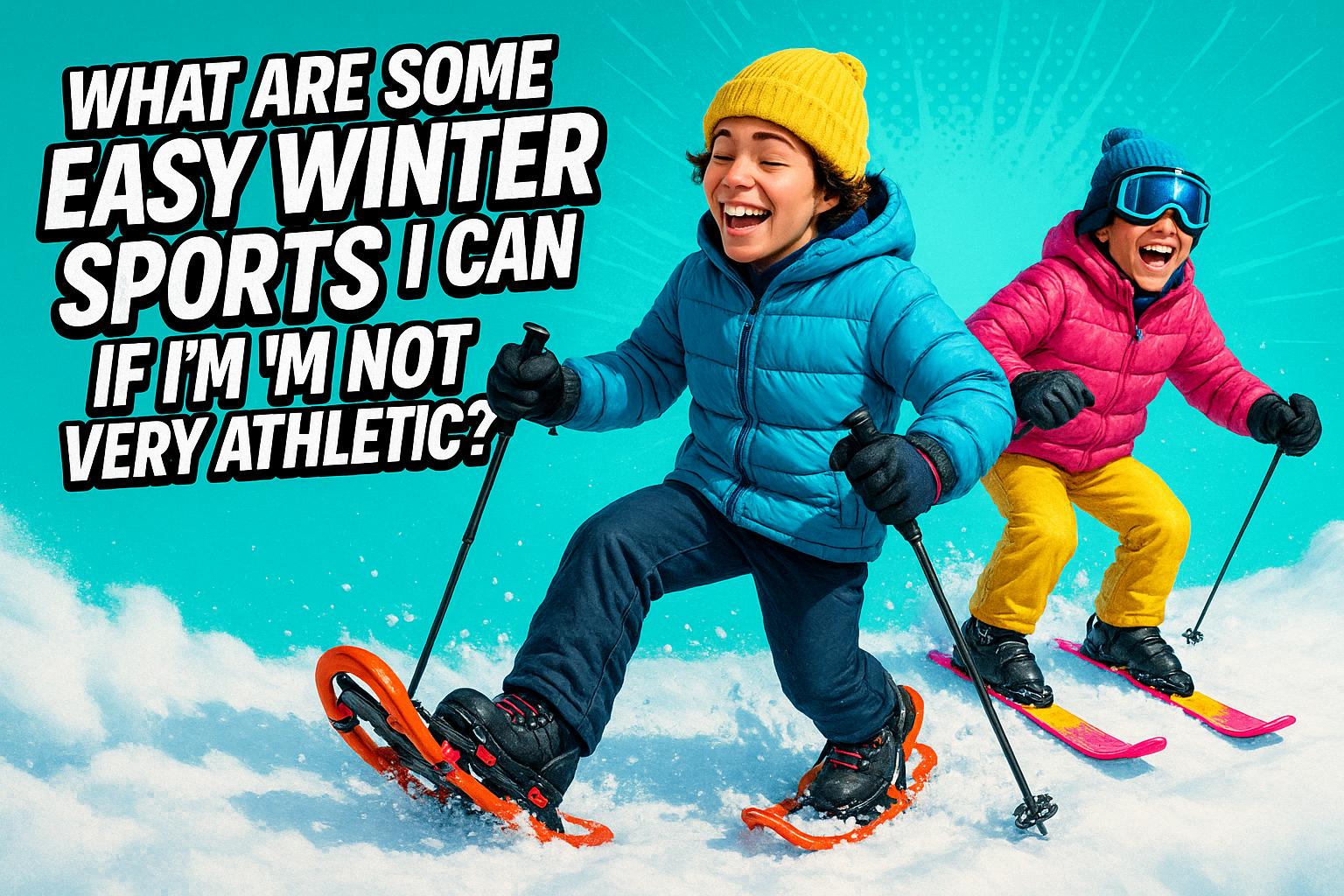
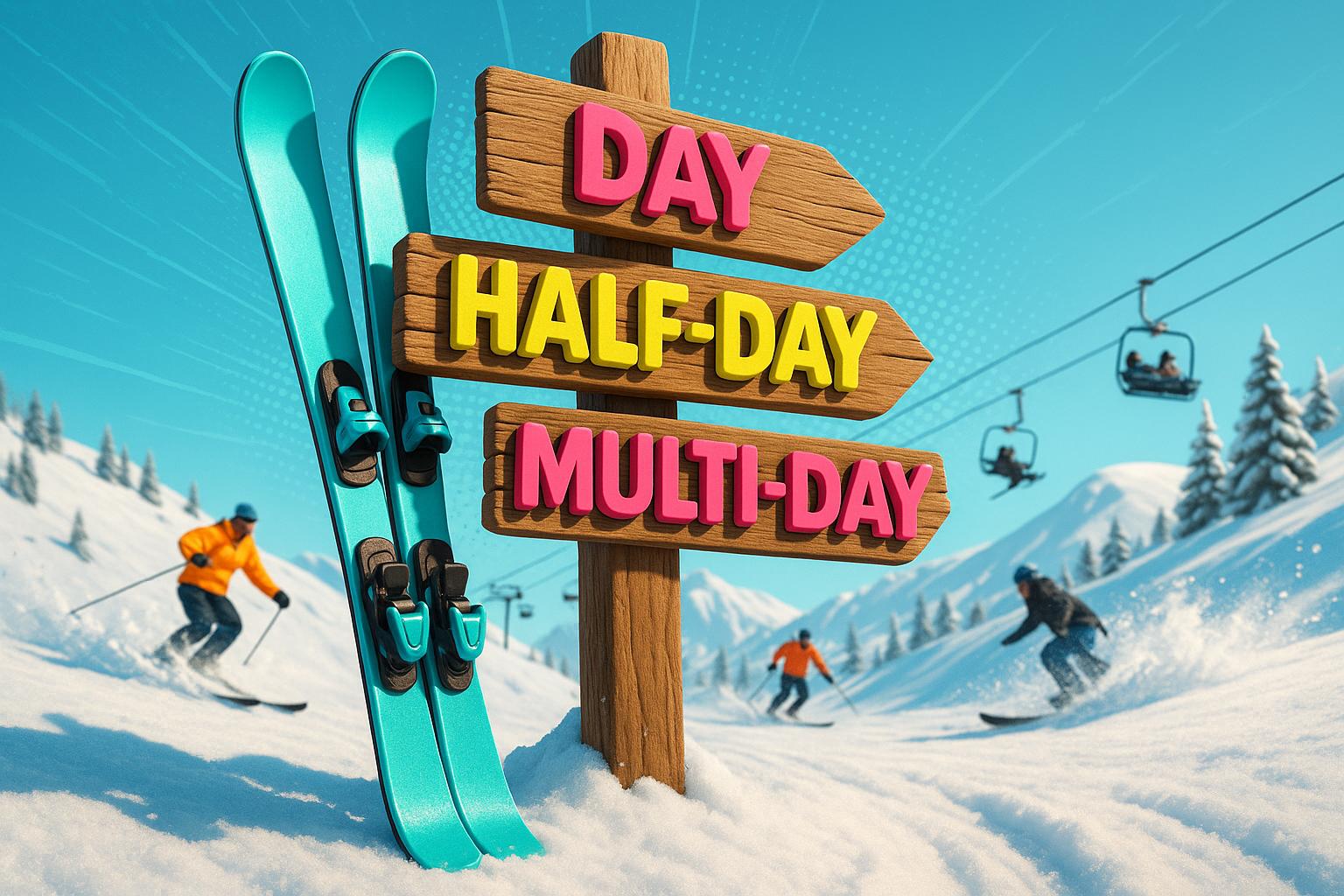
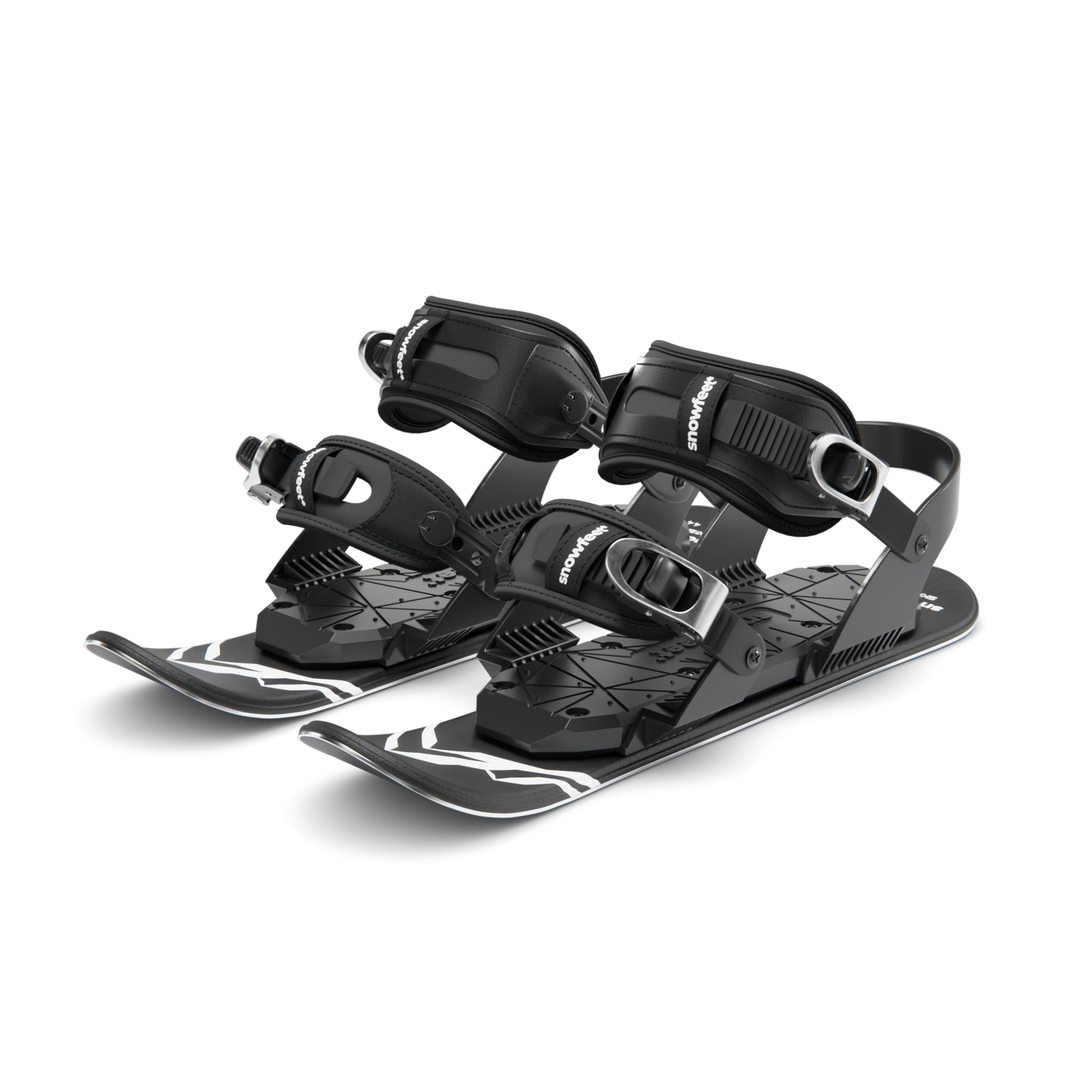

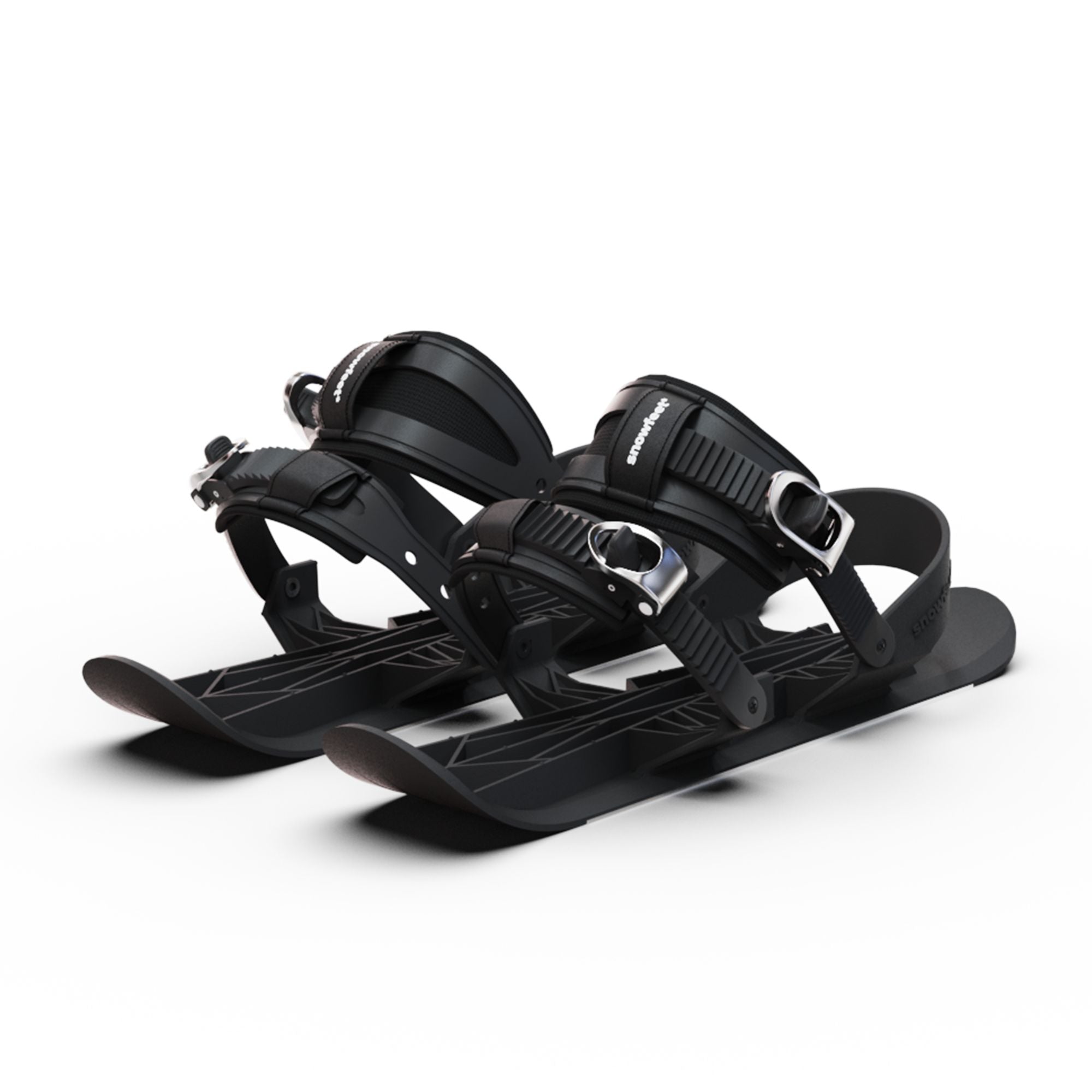
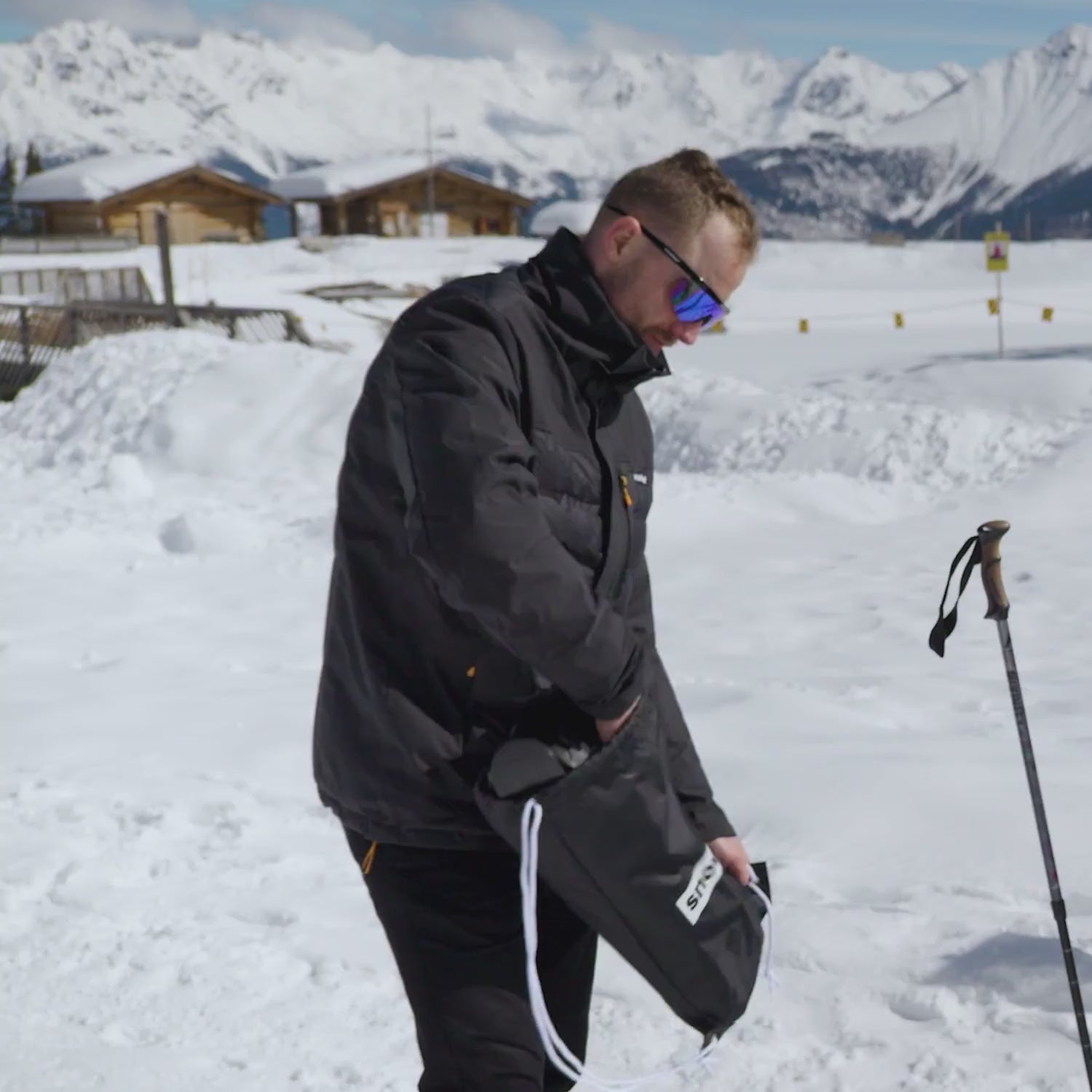
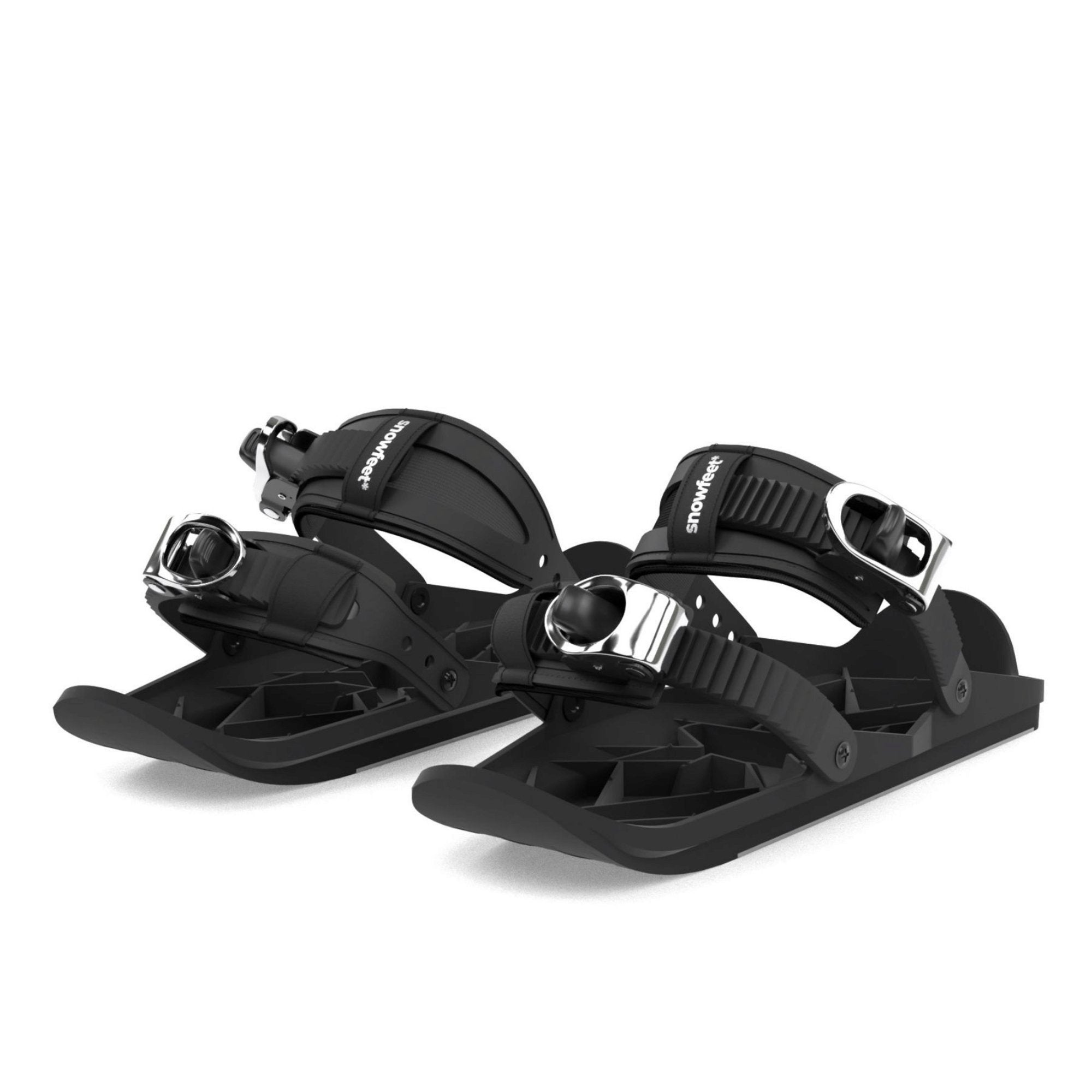
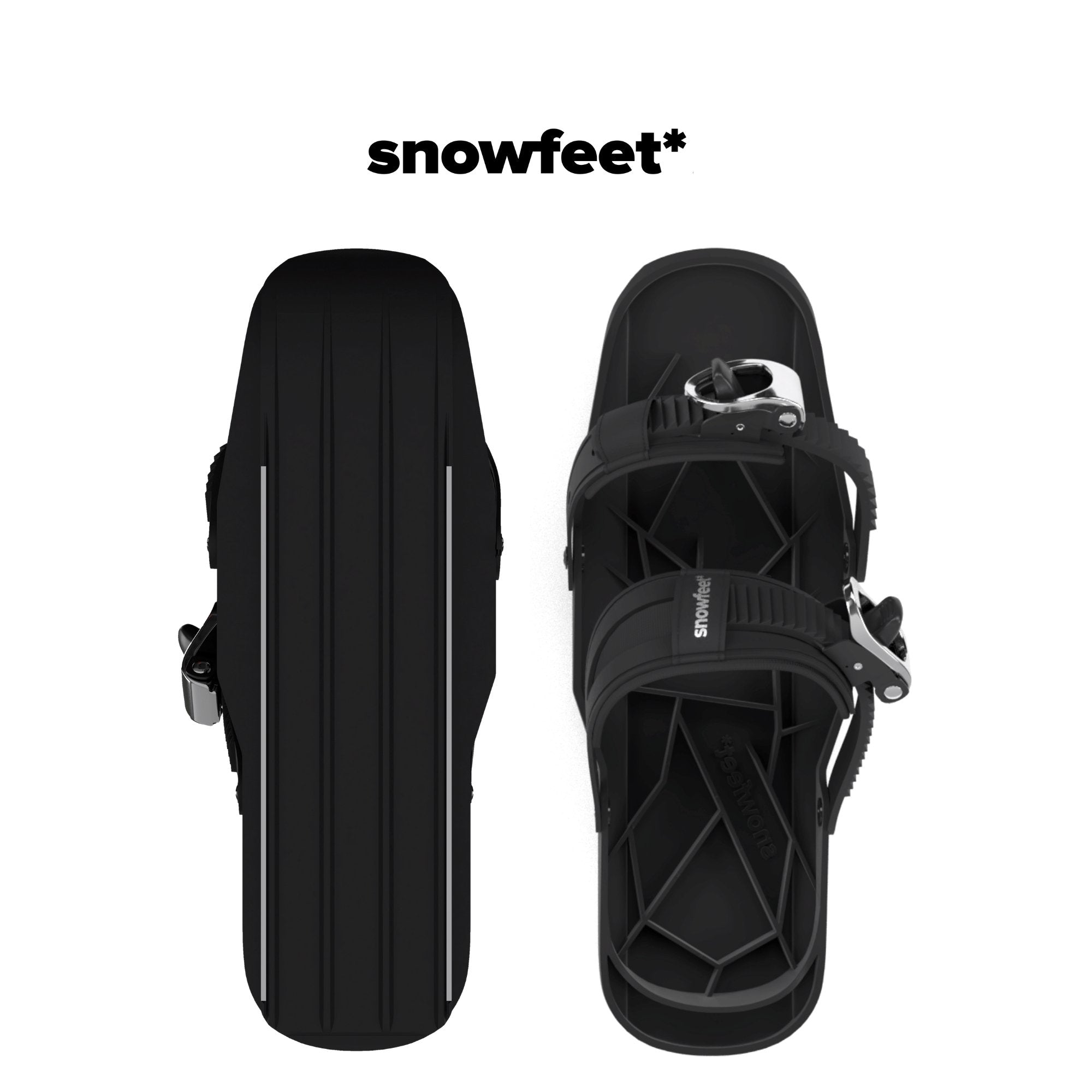
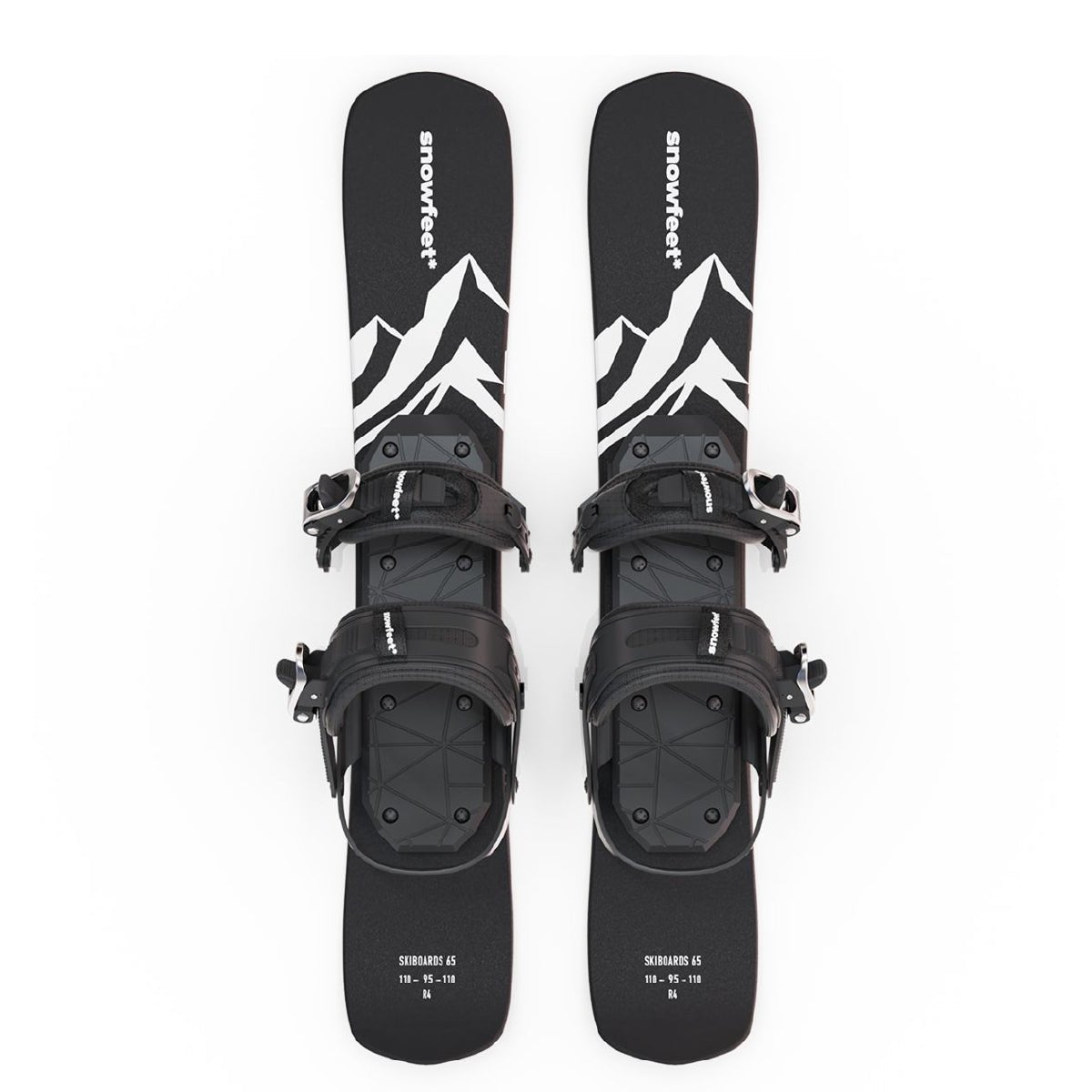
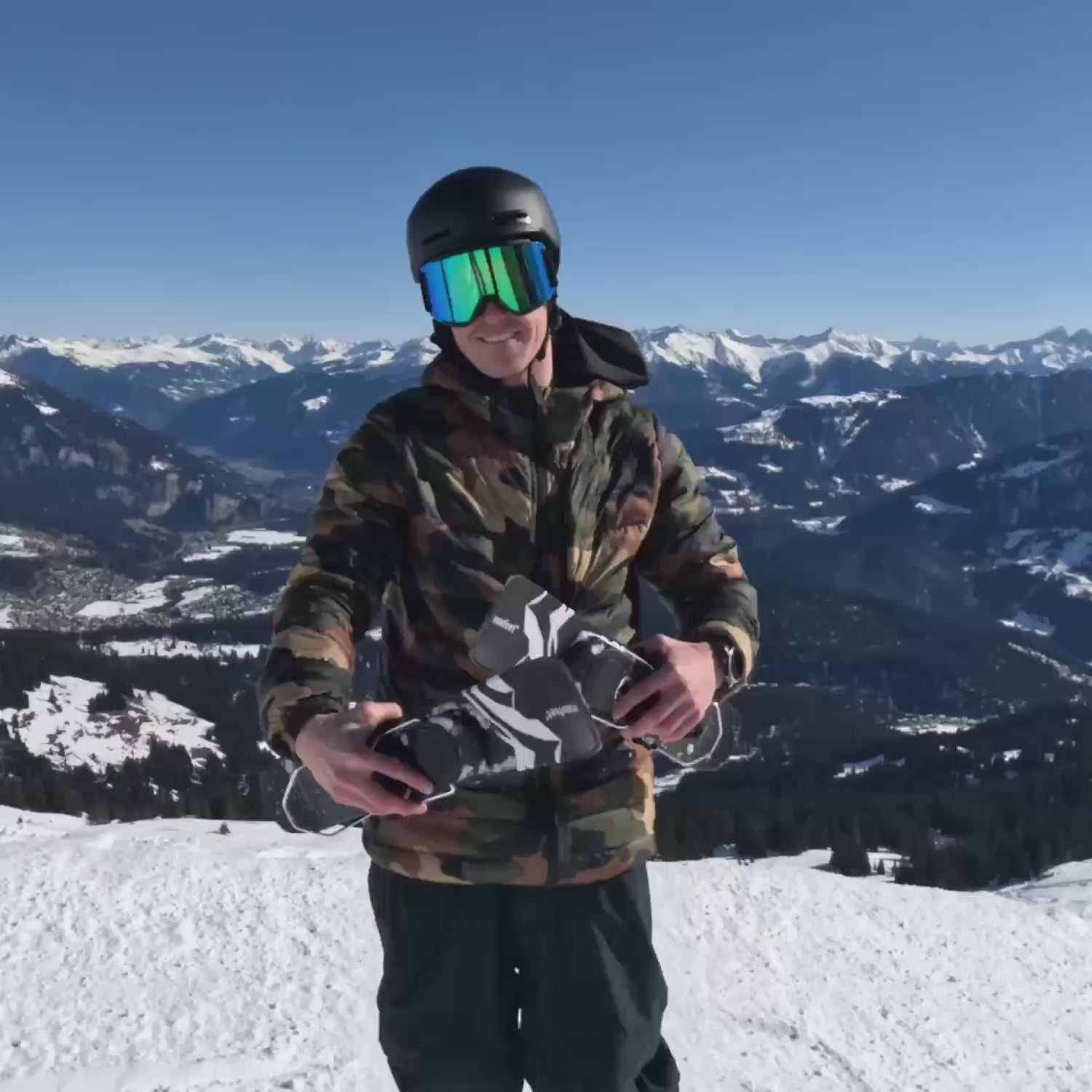
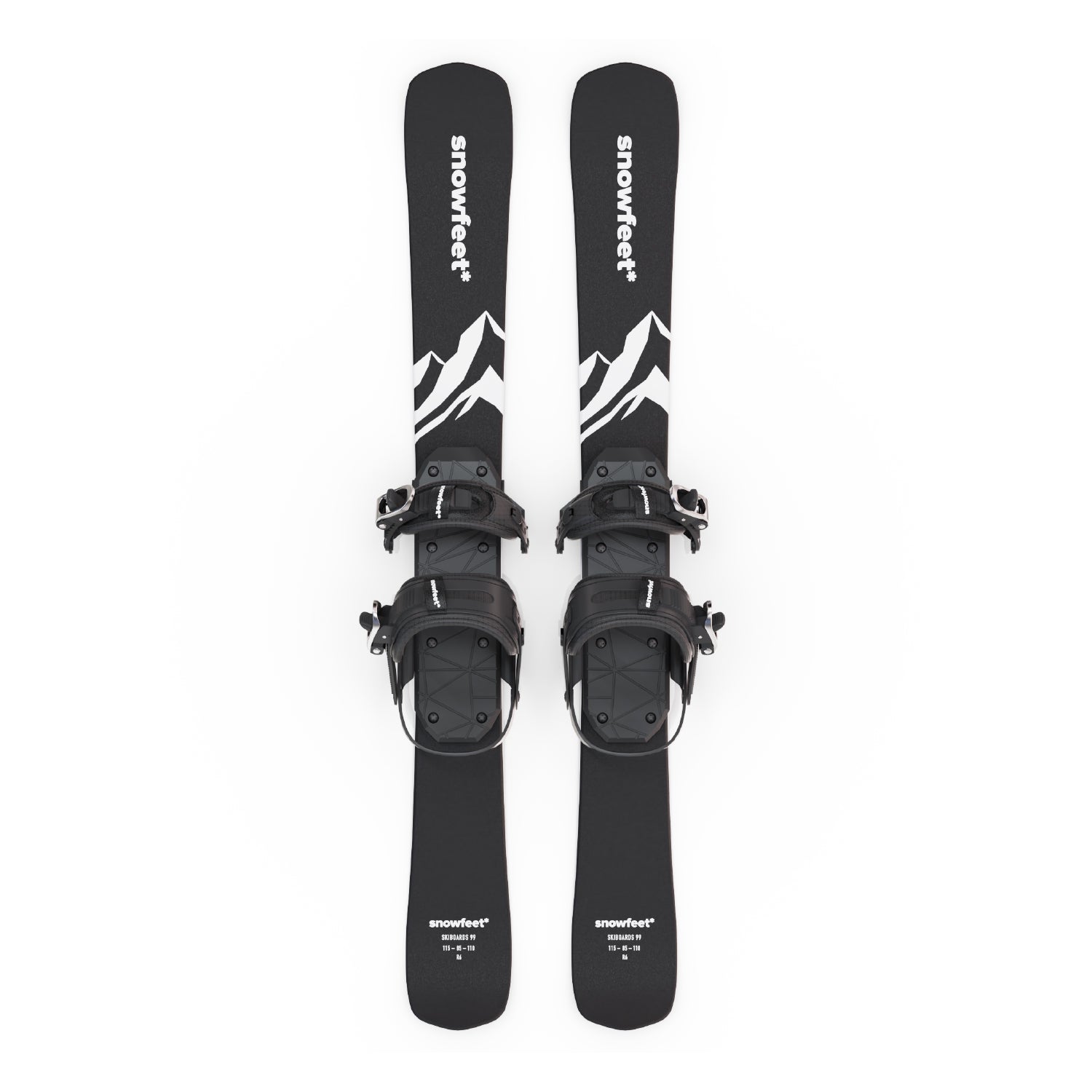
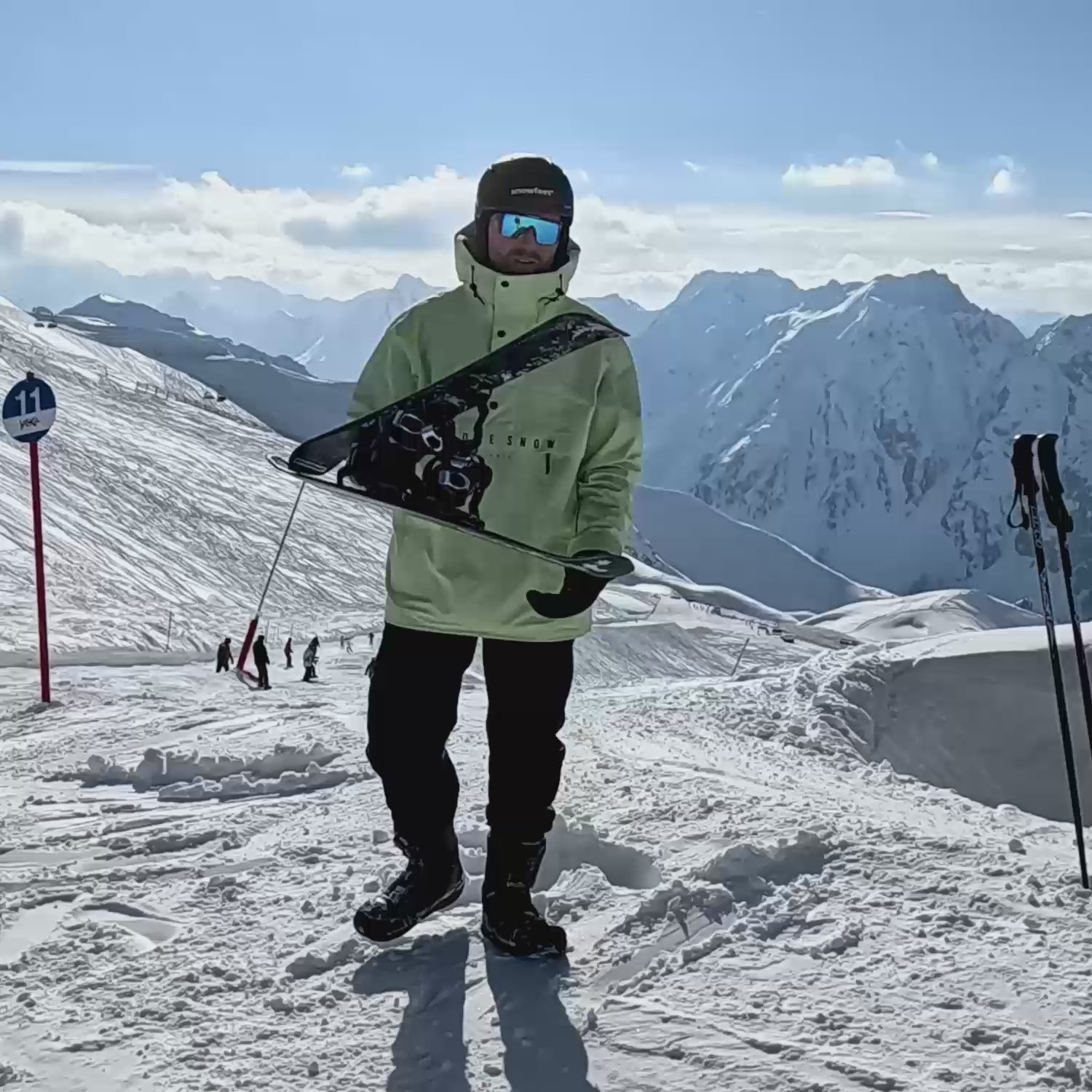
コメントを残す
このサイトはhCaptchaによって保護されており、hCaptchaプライバシーポリシーおよび利用規約が適用されます。